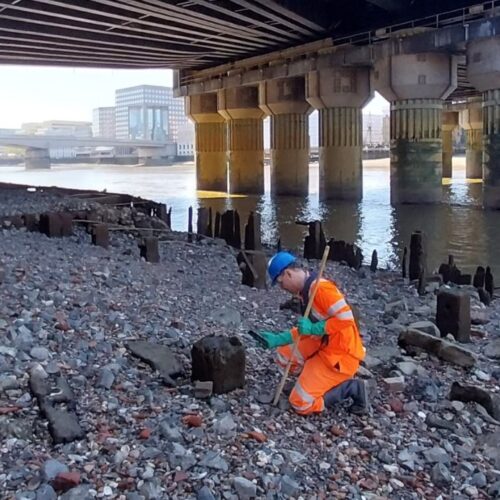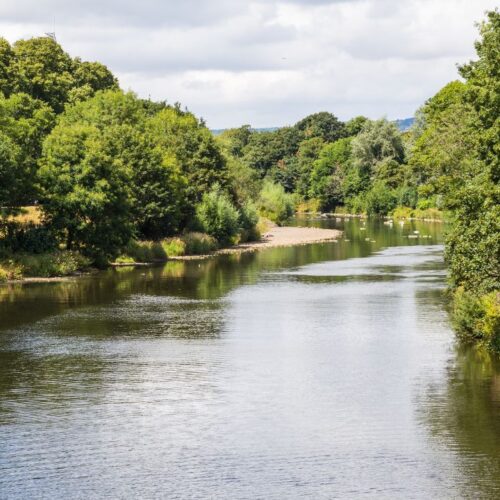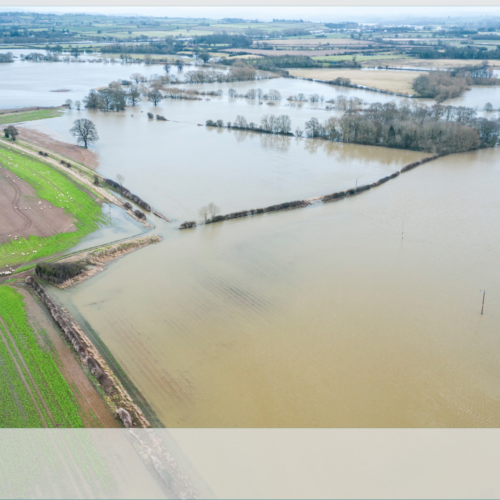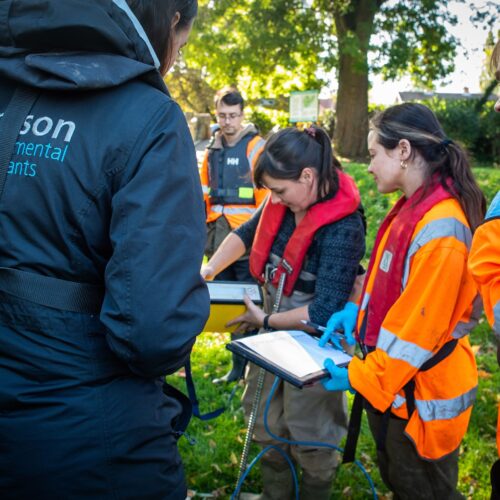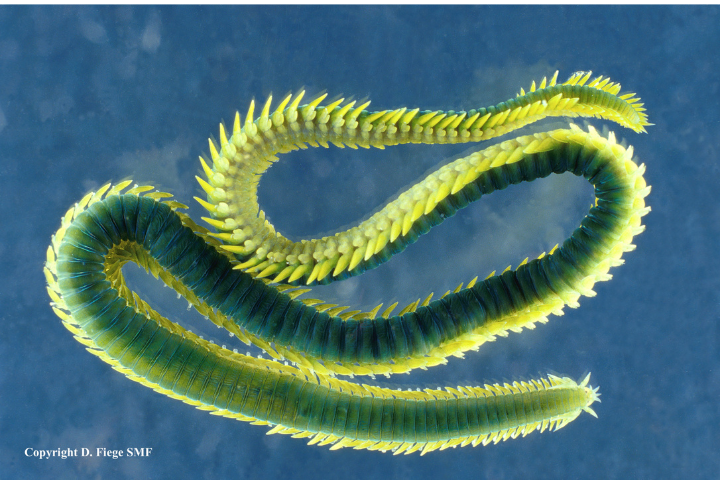The Thomson survey team have been busy sampling on the River Thames for various projects in recent months. While the team love to get out and spend a day or two getting their hands dirty collecting samples, they usually have to wait until they are back in the laboratory to unearth the animal treasures present in their samples. Collecting and analysing benthic macrofaunal assemblages (i.e. animals larger than 0.5 mm) form an integral part of the services we provide. The results of our assessments allow us to report back on the state of the benthic communities residing in the areas of intertest, allowing our clients to make informed decisions about activities they are planning on undertaking in the marine environment.
In one instance we did not have to wait to get back to the laboratory to discover which animals we had collected, as the first grab sample revealed an abundance of the bivalve Corbicula fluminea (Figure 1), characterised by its inflated round to triangular shape with raised concentric ridges[1]. This species was present in all subsequent grabs and the abundance ranged from 20 up to 640 individuals per square metre in the subtidal environment surveyed. Corbicula fluminea was less obvious in the intertidal, with only a few larger individuals observed. Nonetheless, impressive numbers of small individuals were present in these intertidal cores, ranging from 200 to 600 individuals per square metre.
A non-intrusive intertidal walkover survey in a different location along the banks of the River Thames also unveiled the presence of C. fluminea, lying partially exposed among the coarse sediment of the banks at low tide (Figure 2).

Figure 1. A subtidal grab sample showing the abundance of C. fluminea inhabiting the subtidal sediments of the River Thames.
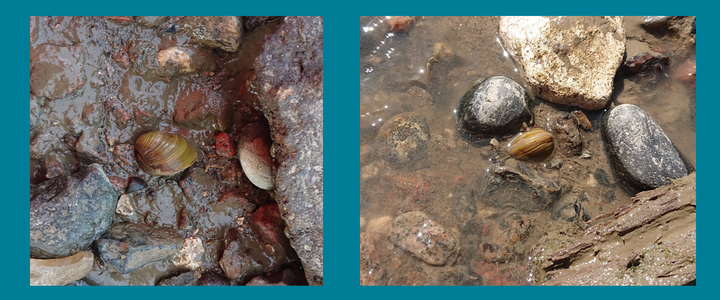
Figure 2. Corbicula fluminea individuals observed partially exposed along the banks of the River Thames.
Corbicula fluminea is native to southeast Asia inhabiting typically inland waters, but since the 1940s the species has expanded its range to the Americas, Australia and Europe, where it has become a common molluscan pest [1],[2]. Its range expansion has been facilitated by the aquarium trade, through international shipping, where it attaches to vessel hulls or finds its way into ballast water, or when used as bait1. Additionally, its invasiveness is exacerbated by natural characteristics, such as rapid growth, earlier sexual maturity, short life span, high fecundity and extensive dispersal capacities. These natural and human factors combined allow for the species to rapidly colonise new habitats and outcompete and uproot native species, such as Pseudanadonta complanata (the depressed river mussel) which is a listed British Action Plan (BAP) species [3], [5].
Corbicula fluminea can filter up to 1 litre of water per hour per individual and reach densities of hundreds of thousands of individuals per square metre, causing considerable changes in ecosystems by reducing phytoplankton abundances in the water column, increasing water clarity and light penetration leading to enhanced macrophyte growth, altered fish stocks and sediment characteristics [3].
The species appears to have arrived in the United Kingdom in 1998, where it was first observed in the River Chet in the Norfolk broads [4], but was mostly contained in this area due to the isolated nature of this system [3]. The first records in the Thames occurred in 2004, when it was noted at Teddington Lock, the vector of transportation being unknown, but it is likely that it arrived onboard or attached to a pleasure craft coming from the Norfolk broads [3]. Subsequently, it has expanded its range considerably within the Thames, reaching as far down river as Battersea [3] where it appears to be thriving.
Conditions in the UK’s interconnected river systems (calcium levels, pH and temperature) are suitable to allow the spread of C. fluminea even further. The range expansion will likely be accelerated by motorized pleasure vessels, which commute between these systems, and adults and larvae may hitch a ride on outboard engines, mud anchors or snagged aquatic vegetation [3]. This could have economic impacts, as C. fluminea may foul industrial water intakes and require extensive control measures [3] and we expect to encounter this species more often in future surveys.
Author: Dr Bruce Mostert
References
[1] https://www.cabi.org/isc/datasheet/88200 [accessed 22/07/2022].
[2] McMahon R.F. (1999). Invasive characteristics of the freshwater bivalve, Corbicula fluminea. In: Nonindigenous Freshwater Organisms: Vectors, Biology and Impacts, Claudi R. and Leach J.H. (eds), Lewis Publishers, CRC Press, London, UK, 305–313.
[3] Elliott P. & zu Ermgassen P. S. (2008). The Asian clam (Corbicula fluminea) in the River Thames, London, England. Aquatic Invasions, 3(1), 54-60.
[4] Baker R., Clarke K. & Howlett D. (1999). The Asiatic clam Corbicula fluminea (Müller) new to the U.K. The Ted Ellis Trust: Wheatfen Broad Nature Reserve, 1–11.
[5] Sousa R., Antunes C. & Guilhermino L. (2008). Ecology of the invasive Asian clam Corbicula fluminea (Müller, 1774) in aquatic ecosystems: an overview. Annales de Limnologie-International Journal of Limnology, 44 (2), 85-94.
Photographic credits
Figures 1-2 by Bruce Mostert, Thomson Environmental Consultants


